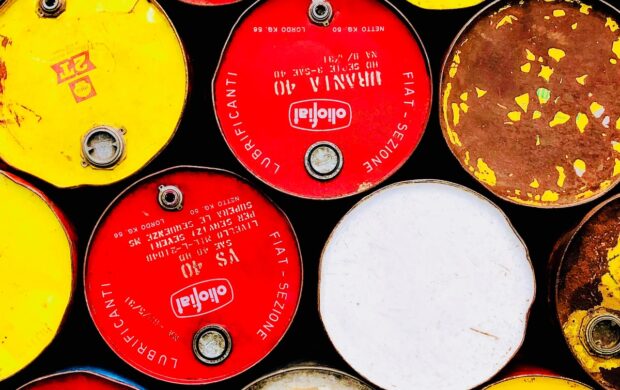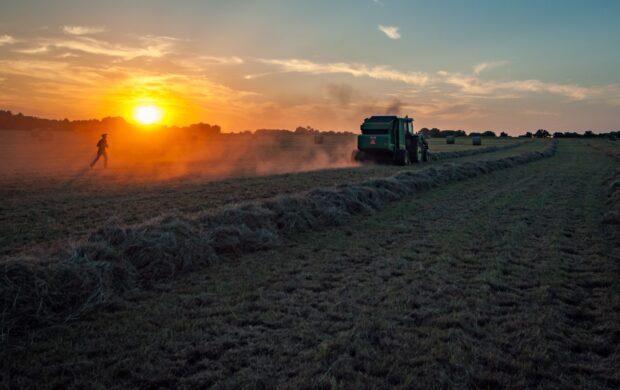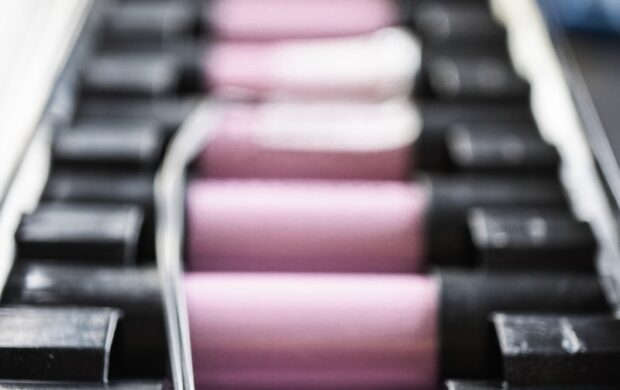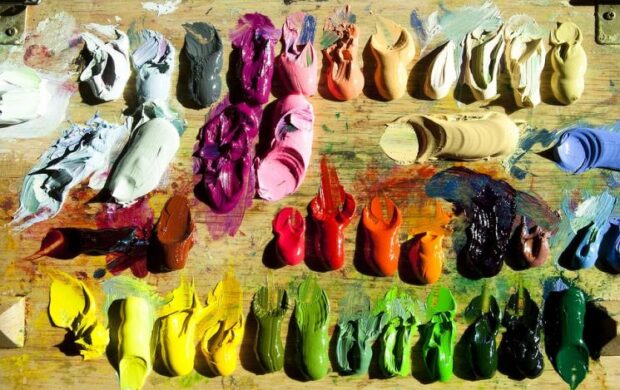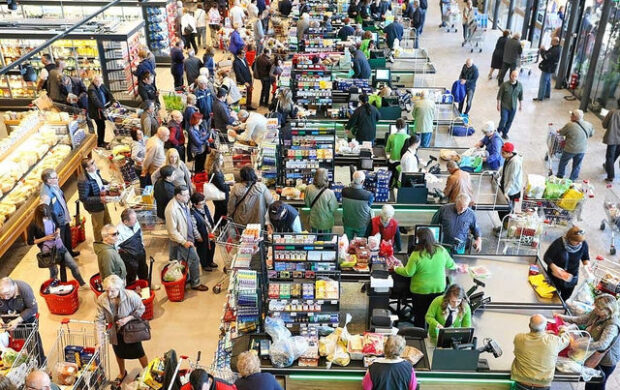The world’s largest indoor farm is based in Japan, in a 25,000 square foot old semi-conductor factory abandoned after the 2011 earthquake and tsunami. It was set up by a local entrepreneur, Shigeharu Shimamura, in response to local vegetable shortages after the disaster. Today it produces 10,000 heads of lettuce a day, which makes it 100 times more productive than a conventional farm of the same size. The indoor farm also uses 40% less power and 99% less water than outdoor farm fields in Japan, while generating significantly less food waste.
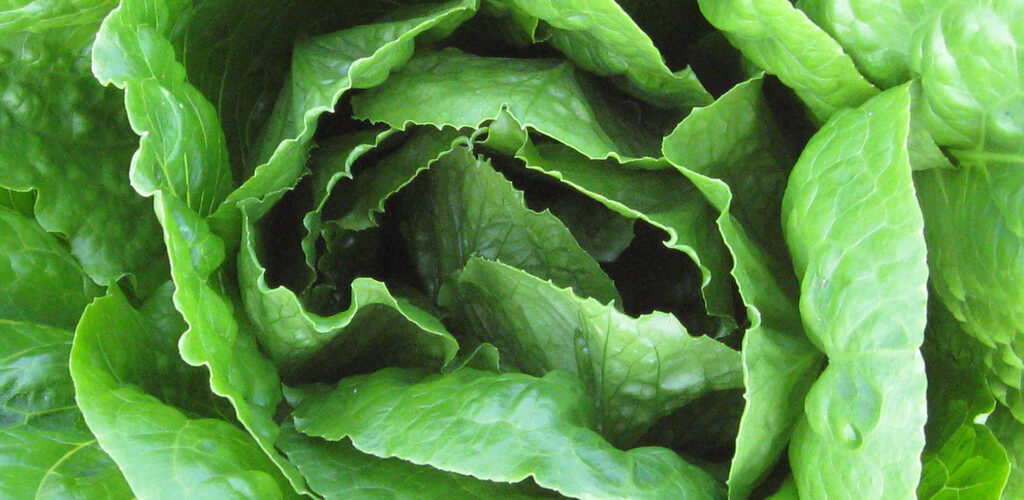
Several factors are behind the massive increase in productivity: LED lighting shortens the day/night cycle so that the lettuces grow two and a half times faster; humidity and temperature are optimised by automatic systems, and shelving maximises the growing space so that the plants can be grown on several levels. Just 3% of the indoor lettuce gets wasted during production and harvest, compared to around 30% of outdoor lettuce in Japan.
Although the indoor farm only grows lettuce at present, Shimamura intends to start growing other fast-growing vegetables soon, and possibly even medicinal plants. The farm design is self-contained and replicable in other cities; other similar indoor farms are under construction in Mongolia, Russia, Hong Kong and mainland China.
Image credit: Ruth Hartnup / Flickr

